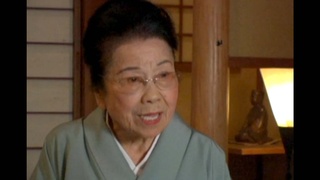Interviews
Being involved in every aspect of the film
John is an incredible director, filmmaker, as well as an incredible man. He’s really sensitive. He was so sensitive to the material in that he knew that it (Farewell to Manzanar) was about my family. He wanted me to be involved in every aspect of it. He didn’t want to offend the Japanese community, everything. He just bent over backwards. He was so sensitive to it all.
And he wanted to…well we have to include the 442nd because it’s not in the book because no one in my family was in it. He was just so on it. He knew what we needed to do. He said, “Well, yes and I want you to be there for casting”, about who…you know, what parts. Who would be best and so forth.
And he included Jim and I all along the way. We were there at the filming, we wrote the screenplay together, and how we would do it. You know, we’d do the storyboard and we’d say, “Well, you take these scenes”, I’d take the different scenes that I would know about and then Jim takes scenes and Corty takes scenes. And Jim, of course, is really good in all the speeches – the male, men, the speeches and so forth.
Date: December 27, 2005
Location: California, US
Interviewer: John Esaki
Contributed by: Watase Media Arts Center, Japanese American National Museum


